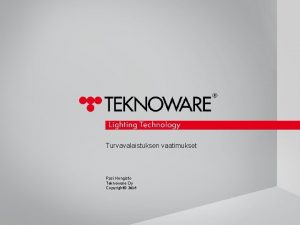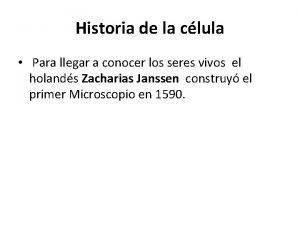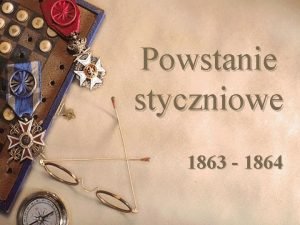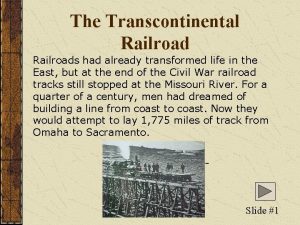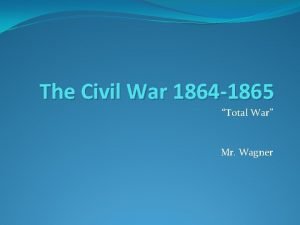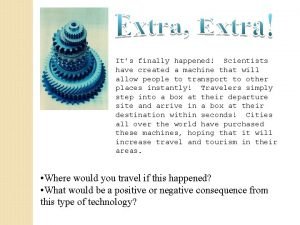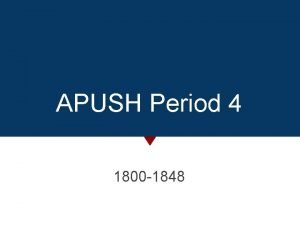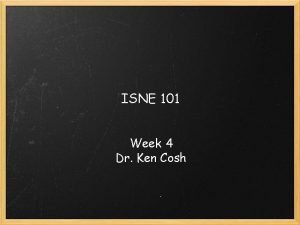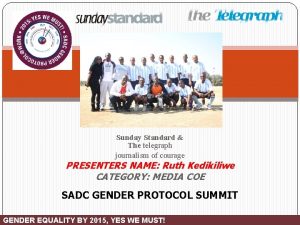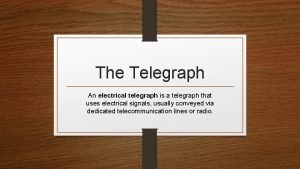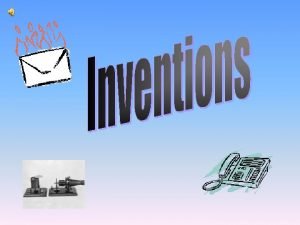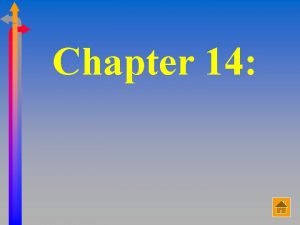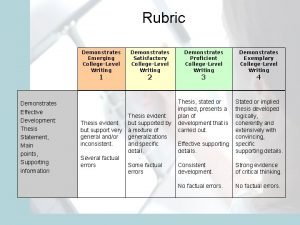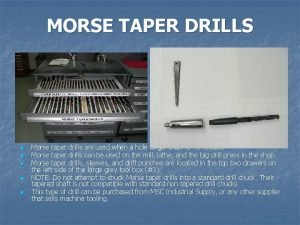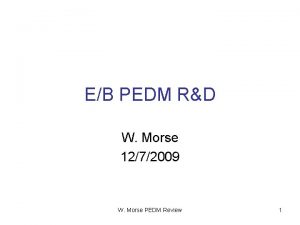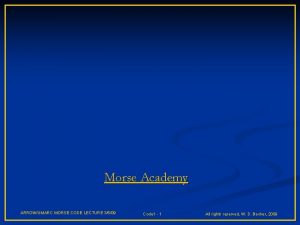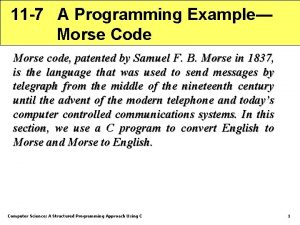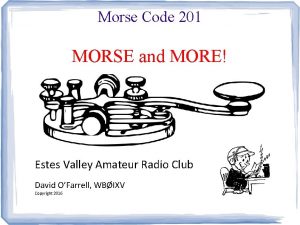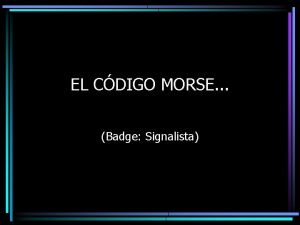Year Event 1838 Morse demonstrates telegraph 1864 Maxwell














- Slides: 14



通訊技術的演變歷史 Year Event 1838 Morse demonstrates telegraph 1864 Maxwell predicts electromagnetic radiation 1876 Bell patents the telephone 1897 Marconi patents a complete wireless telegraph system 1915 Bell System completes a transcontinental telephone line 1938 Television broadcasting begin WWII Radar and microwave systems are developed 1948 The transistor is invented; Shannon’s “A Mathematical Theory of Communications, ” is published

通訊技術的演變 (continued) 1956 First tranoceanic telephone cable 1962 First communication satellite, Telstar I, is launched. First live television coverage of moon exploration. 1970 Color TV 1980 s First generation cellular radio systems (Analog): AMPS (US and Canada), NMT (Scandinavia) 1990 s Second generation cellular radio systems (Digital): IS 95 (US and Canada), GSM (Europe) 1995+ Bluetooth, Wireless LAN, Cable modem, x. DSL 2000 Third generation cellular radio systems (CDMA): CDMA 2000 (US and Canada), WCDMA (Europe) 2000+ DAB, DVB, HDTV, The 4 th generation radio communications

Evolution of Cellular Mobile Communications 1 G 2 G AMPS D-AMPS ETACS 2. 5 G 3 G UWC-136 IS-95 A IS-95 B cdma 2000 GSM GPRS WCDMA PDC TD-SCDMA

GSM Evolutionary Concept Capabilities Downward Compatibility IMT-2000 Phase 1 Phase 2+ Phase 2 Phase 1 1995 1997 Speech FR, Basic Services Data: 0. 3 - 9. 6 kbit/s Supplementary Services (SS) ® ISDN Decision: Downward Compatibility • New Services • IN-applications • high data rates • special services for Closed User Groups UMTS W-CDMA etc. Year

Selected Radio Frequency Bands Use Frequency Omega Navigation 3 -30 KHz Loran C Navigation 30 -300 KHz AM broadcast 540 -1600 KHz FM broadcast 88 -108 MHz TV 54 -72, 76 -88, 174 -216, 420 -890 MHz AMPS (Advanced Mobile Phone System) 869 -894 (downlink), 824 -849 (uplink) MHz GSM (Global System of Mobile Radio) 890 -915 (downlink), 935 -960 (uplink) MHz Unlicensed Bands 2. 4 -2. 4835, 5. 15 -5. 35, 5. 725 -5. 825 GHz

Frequency Spectrum • The most precious resource in communications is “frequency spectrum” • The “frequency spectrum” has to be shared by a large number of users and applications: • AM Radio, FM Radio, TV, cellular telephony, wireless local-area-networks, satellite, air traffic control

Transmit Spectrum

Allocated Channels

Noise • Internal and External Noise • Internal Noise: Generated by components within a communication system (thermal noise) • External Noise: – Atmospheric noise (electrical discharges) – Man-made noise (ignition noise) – Interference (multiple transmission paths)

通道效應 Multipath Fading t 2 t 1 0 t 3 t 1 t 2 t 3


Analog Vs Digital (Advantages and Disadvantages) Digital Comm. System Analog Comm. System Advantages: Disadvantages: • Inexpensive • Privacy preserved (Data encryp. ) • Can merge different data • Error correction • Expensive • No privacy preserved • Cannot merge different data • No error correction capability Disadvantages: Advantages: • Larger bandwidth • Synchronization problem is relatively difficult. • Smaller bandwidth • Synchronization problem is relatively easier.
 Inner life of a cell
Inner life of a cell Pasi hongisto
Pasi hongisto Matthias schleiden 1838
Matthias schleiden 1838 Msz en 1838:2014
Msz en 1838:2014 Nucle
Nucle Karykatura francuska z 1864
Karykatura francuska z 1864 Charta 1864
Charta 1864 In 1864 george pullman designed
In 1864 george pullman designed La jaula de hierro weber
La jaula de hierro weber 1864
1864 In 1864 george pullman designed
In 1864 george pullman designed 1800 apush significance
1800 apush significance Telegraph wires twisted pair
Telegraph wires twisted pair Lucky luke telegraph
Lucky luke telegraph Sunday standard/ the telegraph
Sunday standard/ the telegraph

